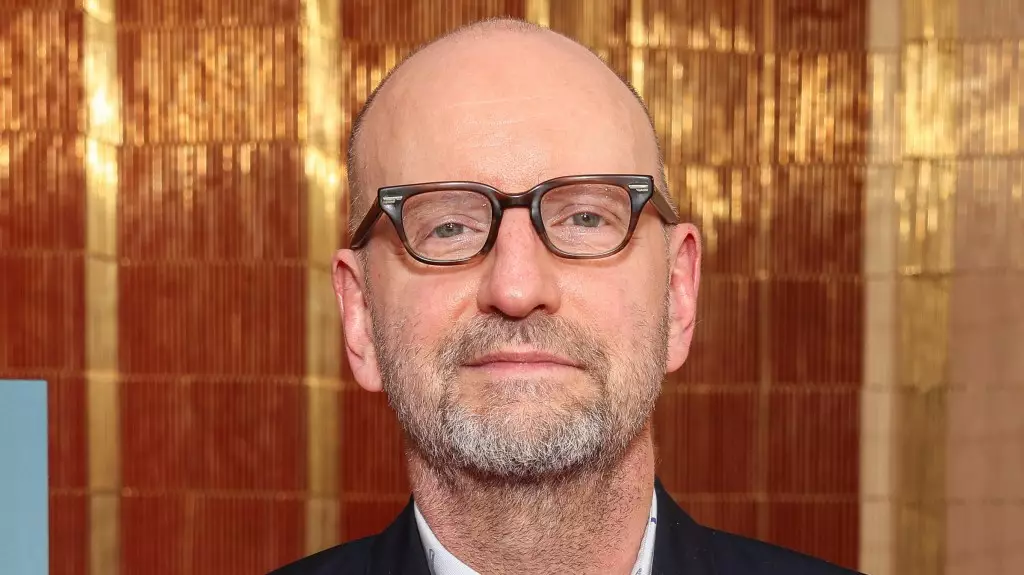In a climate dominated by franchise films and mindless spectacles, Steven Soderbergh shines a glaring spotlight on an alarming trend that threatens the very fabric of sophisticated cinema. His recent comments regarding the lukewarm reception of his espionage thriller, *Black Bag*, reveal not just personal disappointment but an existential crisis for middle-tier filmmaking. Soderbergh, a maestro of the art, lamentably questions the viability of films driven by narrative depth and character exploration in today’s cinematic landscape. It is heartbreaking to witness a film, described by critics as compelling and thoughtfully crafted, struggle to attract audiences who are ostensibly over the age of 25. This underwhelming turnout is not only a personal letdown for filmmakers but signifies a worrying trend towards cinematic mediocrity.
The Death of the Middle-Class Film
What Soderbergh articulates is far more profound than mere box office numbers—it’s a commentary on the cultural shift towards a generation that increasingly favors blockbuster franchise narratives over nuanced storytelling. The irony lies in the fact that these middle-budget films, which once flourished, are now seen as financial risks. Soderbergh correctly identifies a proverbial “dead zone” for such films, raising the question of what the future holds for storytellers who dare to stray from the formulaic templates of superhero universes and shallow comedies. *Black Bag* boasts a star-studded cast, yet the question remains: why did audiences not flock to the theaters for a film that speaks to adult sensibilities?
Is Audience Engagement Fading?
The chasm between critical acclaim and box office performance reveals a troubling disconnect between film quality and audience engagement. Soderbergh’s insights extract the painful truth that a film’s success is no longer a measure of its artistic merit but rather a reflection of shifting consumer behaviors. As he poignantly points out, “What’s gonna happen to the person behind me who wants to make this kind of film?” The stakes are too high and alarming—will the United States’ cinematic landscape be reduced to a wasteland of recycled plots and superheroic clichés, devoid of complexity and realism? This is not merely a filmmaker’s lament; it poses an essential question about cultural consumption and the type of content future generations will inherit.
The Future of Thoughtful Cinema
If no one dares to create films like *Erin Brockovich* or *Traffic*—works that possess both beauty and gravity—then those films will only remain as relics of a bygone era. Soderbergh rightly advocates for an urgent cultivation of an audience for adult cinema, arguing for a renaissance of films aimed at grown-ups. His insights are an impassioned plea for both consumers and industry professionals to reassess what they value in films. Perhaps there’s a silver lining—a new wave of filmmakers might yet emerge, motivated not by financial gain but a desire to imbue cinema with the thoughtfulness and creativity it desperately needs. Now is the time to rally; otherwise, the art of thoughtful film may become an obsolete relic, tucked into the annals of cinematic history, rather than celebrated in the present.

